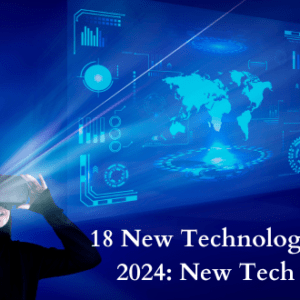Introduction
Effective communication through images, symbols, and design elements has become paramount in today’s visually-driven world. Visual communication and graphic design are terms often used interchangeably but represent distinct disciplines with unique purposes and approaches.
Understanding the differences between the two is essential for aspiring designers and professionals seeking to make their mark in the creative industry through a Graphic Design course or visual communication course.
Understanding Visual Communication
Visual communication is a broad field encompassing visual elements to convey information, ideas, and emotions. It goes beyond the realm of traditional language and utilizes imagery, colors, typography, and layout to communicate with an audience. The Viscom course aims to evoke specific responses, trigger emotions, or deliver a clear message to the viewers.
This field finds application in various domains, including marketing, advertising, public relations, education, and journalism. Visual communication specialists often work with multiple media, such as photographs, illustrations, infographics, animations, and videos. They focus on understanding the target audience and crafting visual content that resonates with them.
Understanding Graphic Design
Graphic design, on the other hand, is a specific subset of visual communication. It is an art and skillful practice of conceptualizing and expressing ideas through a blend of visual and textual elements. Graphic designers are skilled in creating visually appealing and aesthetically pleasing designs that serve a specific purpose.
They work with elements like typography, images, illustrations, and layouts to communicate a message or promote a brand. Also, the Viscom subjects are much more diverse than Graphic Design’s syllabus.
Graphic design is widely used in branding, logo, packaging, advertising materials, website design, and print media. The role of a graphic designer is not limited to artistic abilities but also involves problem-solving, understanding user experience, and ensuring the visual elements align with the brand’s identity.
Differentiating Visual Communication from Graphic Design
While visual communication and graphic design share common ground, their primary distinctions lie in their scope and focus. Visual communication is a broader umbrella that includes various forms of visual content aimed at conveying information and ideas. On the other hand, graphic design is a specialized subset of visual communication that concentrates on creating visually compelling designs to achieve specific objectives.
Visual communication colleges teach professionals to be skilled in understanding human psychology, cultural differences, and audience preferences to create content that communicates effectively. They may work in UX/UI design, data visualization, and multimedia storytelling. Graphic designers, on the other hand, are experts in using design tools and software to create aesthetically pleasing and impactful visuals. They often collaborate with marketing teams and clients to deliver projects that align with the brand’s identity and objectives.
Career Paths and Skill Requirements
Visual communication has a wider range of career opportunities than Graphic Designing, which offers exciting career paths for individuals with a passion for creativity and communication. The career options in visual communication include multimedia artist, animator, art director, web designer, and user experience designer, to name a few. Professionals in this field must have a strong sense of aesthetics, storytelling abilities, and a keen eye for detail.
Graphic designers, on the other hand, can pursue careers as brand identity designers, layout artists, package designers, web designers, and advertising designers. They need to be proficient in design software such as Adobe Creative Suite, understand typography well, and balance creativity with practicality.
Conclusion
Visual communication and graphic design are integral components of the creative industry, each with its unique purpose and applications. Visual communication encompasses a broader range of visual and graphic design content to convey information, emotions, or messages.
To embark on a successful career in the field of visual communication, aspiring candidates must develop a strong foundation in design principles, stay updated with industry trends and tools, and cultivate a deep understanding of the target audience.
For those interested in pursuing a comprehensive education in Visual Communication, ITM Group of Institutions offers a cutting-edge Bachelor of Design program that equips students with the skills and knowledge essential to thrive in the dynamic world of visual communication. ITM’s full-time Viscom course duration is for 4 years and is best suited for candidates residing in Mumbai.
Whether your passion lies in creating captivating visual narratives or designing stunning graphics, the world of visual communication allows creative minds to make their mark and leave a lasting impact. Unlock your creative potential and explore a rewarding career in Visual Communication with ITM Group of Institutions’ Bachelor of Design program. Visit ITM’s website to learn more and take the first step towards a fulfilling and exciting journey in the design world.










